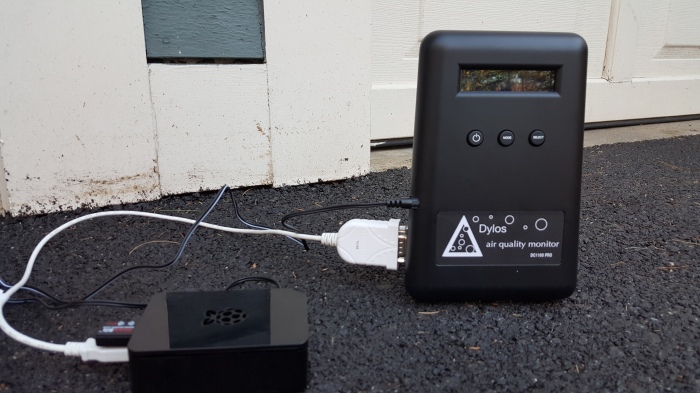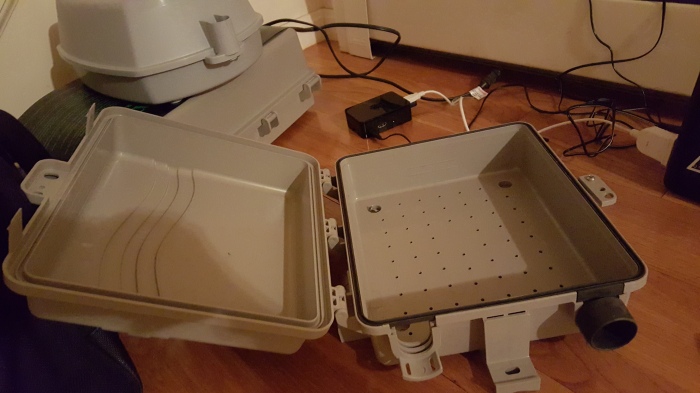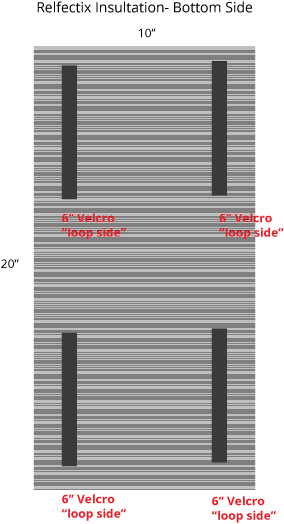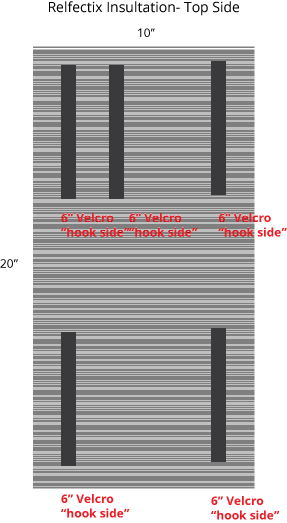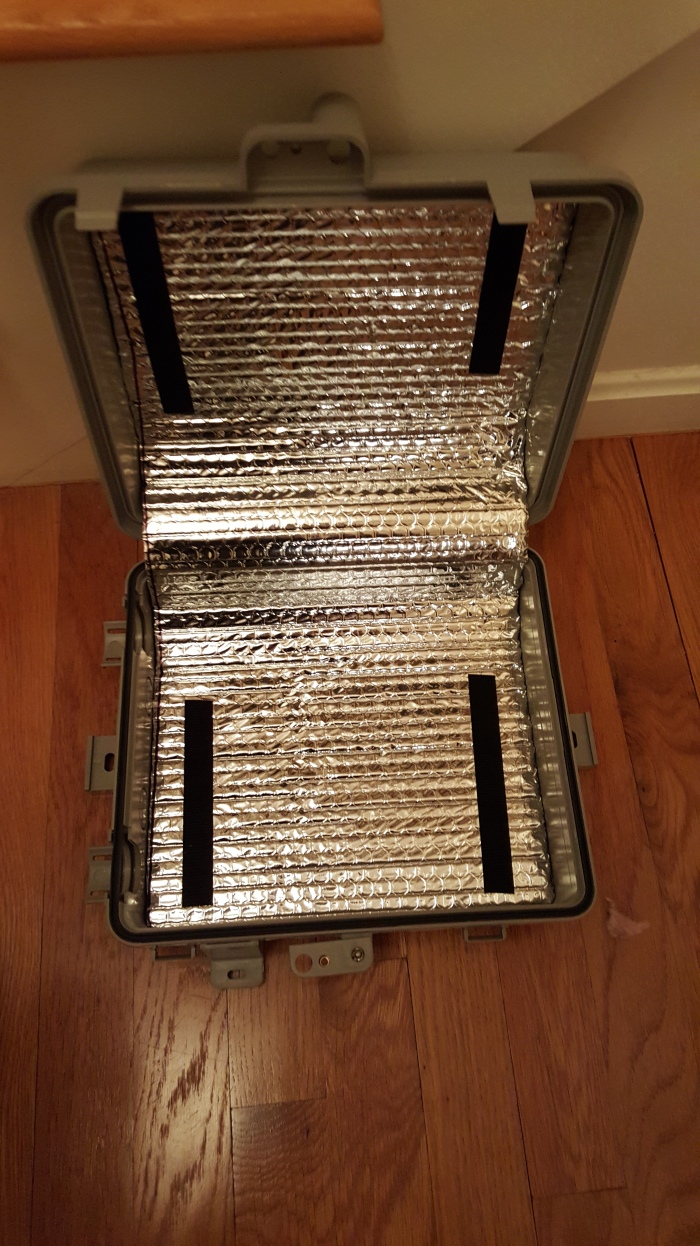The following is a guest contribution from Eric Van Vlandren. Eric is a long time sustainability professional specializing in education and communication. He was recently the Campus Sustainability Coordinator at Emerson College and now works as a consultant for variety of organizations, including Vivergy, Vermontivate, the MA House and others. He can be reached at ericvanvlandren (at) gmail (dot) com.
When I was a student at Emerson College studying political communication theories and practices, we were taught a rhetorical technique called Monroe’s Motivated Sequence. It is a tried and tested framework for making a persuasive case to an audience to adopt a certain idea and action (with lots of grounding in social science research). While originally designed for spoken communication it can certainly be adopted to written, video … even abstract art if you are clever. Here are the five simple steps: Attention, Need, Satisfaction, Visualization and Action (or, as I was taught, Realization).
Let’s examine how the Motivated Sequence can be used to organize our thoughts and actions for an even larger problem. Air pollution. Something which affects all of us yet is often difficult to see, hear or smell (although in certain cases it can be all of those things to be sure). Now how could that be brought to a local level and personalized? Here is one example:
Attention: The first step is to use a fact in an attention getting way to focus your audience on what you are about to tell them.
Today your children breathed in the equivalent pollution to spending 20 minutes in a car with people smoking in the front seat simply because they were outside playing with their friends. Air pollution can be as dangerous to your health, potentially as carcinogenic, as second hand smoke. Have you ever stopped to think about that?
Need: Next is to outline the need – or one could say the problem – for your audience to confront. Remember, this is a need (problem) they certainly have but for one reason or another are not addressing in an effective manner.
Air pollution threatens all of us. It is not the sort of environmental issue we sometimes see in other places. Often there is a single point cause of pollution and addressing that source, even if complex or costly, would fix the problem. (Building the Deer Island Sewage Treatment Plant to clean Boston Harbor would be one example of this.) With air pollution we are faced with something so ubiquitous it can seem unsolvable. Yet it is the very nature of the problem – you can’t take one discrete action, or move away from it – that makes the need for collective action all the greater.
Satisfaction: This step is to show your audience that adopting a prescribed course of action will gain them satisfaction – it will address the need you have brought to their attention.
Quantifying the problem will help everyone understand the need to act. Empirical data has a quality which focuses the mind in a different way than anecdotes and supposition. By banding together to collect air pollution information in your local area your efforts will serve to galvanize a community in a unique way, because you did it yourselves. Knowledge is power, to quote the old cliché. Consider a Vivergy monitoring program at your local school and empower play an active role in the health of your community.
Visualization: Just as it sounds, here you paint a picture for your audience of a future where in they are satisfied because they addressed their need in the manner you are advocating.
Imagine running a simple monitoring program in your own community. Imagine being able to tell where the air pollution hot spots are – at the bus stop? Near the highway? During high heat and humidity? Consider the value if your data could be linked on-line to that of other communities. Consider how the process and the data could provide real world science experiences for your students. Vivergy monitoring systems offer one option for this sort of community action.
Action: The final step is to urge your audience to take action – because you captured their attention, demonstrated an acute need, showed them how they can achieve satisfaction and helped them visualize the solution.
So for the action step in addressing air pollution, it couldn’t be more simple. Speak with your local School Board. Talk to your principal, and maybe your science teachers. See if the Select Board has a little extra money to purchase a monitor – they can probably swing it. The monitors are not expensive. And then … do it. Install the monitor, use the software. Learn about the air pollution around your school. Show your community how cars and busses are contributing to a carcinogenic environment for all of us. Then you are equipped to do something about it. We all, especially our children, deserve no less.
I hope you find this little rhetorical exercise helpful. Here’s to cleaner air.

